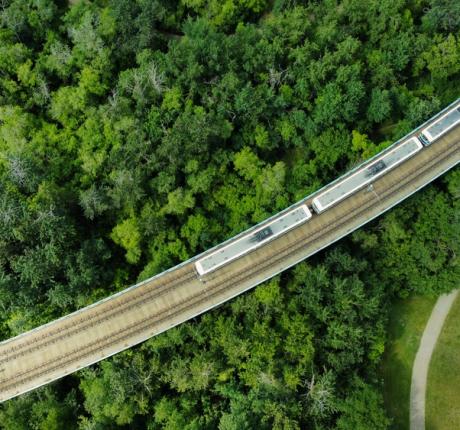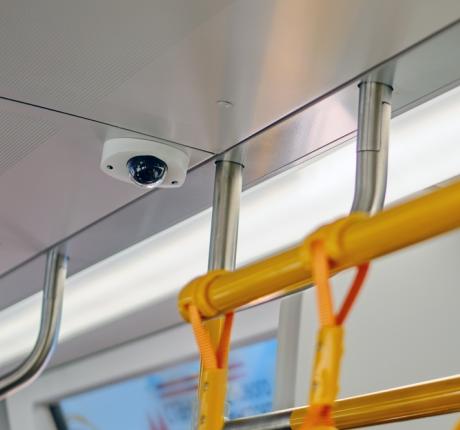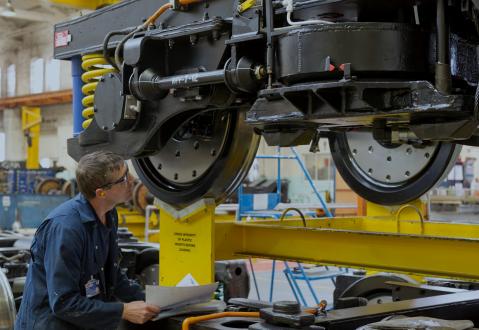
Condition Based Maintenance interacting with safety systems
An engineer sheds light on one of the challenges within Condition Based Monitoring.
This month’s interview is with Carl Eeckhout, who talks about integrating safety and non-safety related monitoring functions.
Stay up-to-date! Subscribe to our news today.
Key takeaways: Exploiting the full potential of rail monitoring functions
- Traditionally the monitoring functions installed on a railway bogie are used to detect safety related aspects.
- However, monitoring non-safety related aspects can give a lot of additional information on the condition of assets, allowing for a condition based maintenance approach.
- COSAMIRA combines both safety and non-safety monitoring functions in one package.
- This helps rail professionals to make the transition from reactive to preventive maintenance.
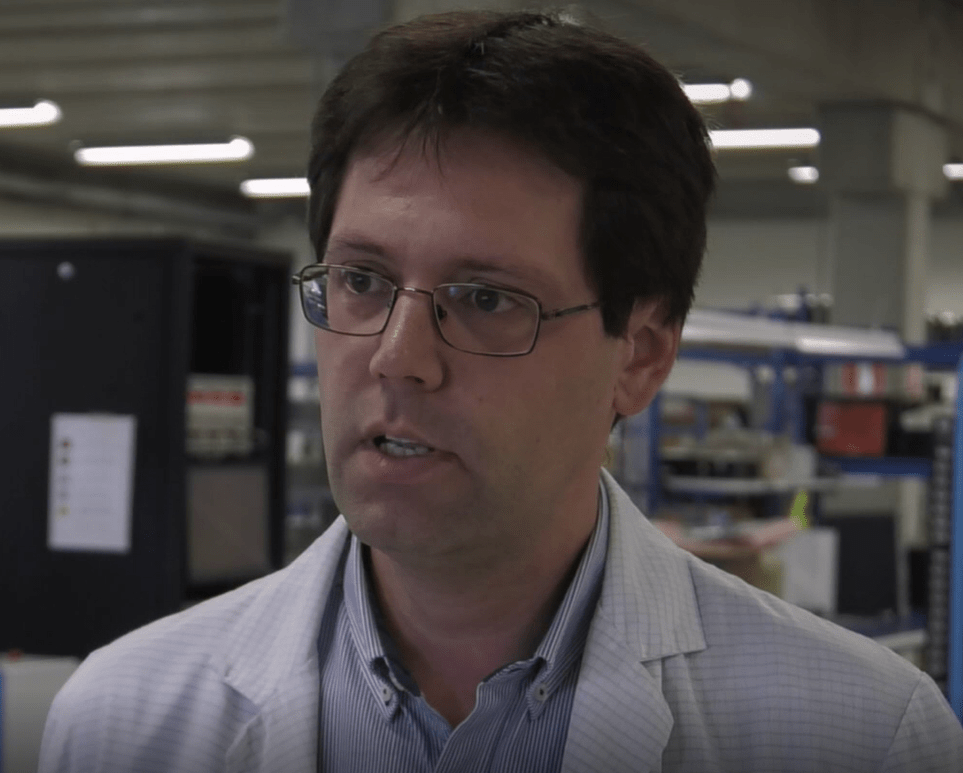
What is one of the biggest challenges that rail professionals face when it comes to Condition Based Maintenance?
Condition Based Maintenance relies on the monitoring of the actual condition of assets, but it is quite complex to gather and process the data in the railway market. The data has to be fully protected against unauthorized access.
Traditionally, a minor set of monitoring functions are installed on a railway bogie. They often serve to detect critical and, as such, safety related aspects like bogie instability and axle bearing melt-down. These functions are monitored by dedicated certified subsystems. Because of this distributed approach monitoring function aggregation is hardly possible.
However, there is a lot more of valuable information within reach. For example, rail professionals can map the quality of the fleet and the track network by monitoring non-safety related aspects, allowing them to optimize maintenance schedules."
"Our focus is to ensure the railway market really uses data to drive value."
- Carl Eeckhout
R&D associate specialized in Condition Based Maintenance

What have you been working on to overcome this challenge?
My team and I introduced the new generation of COSAMIRA. It is a CBM solution that offers more functionality in one device, giving rail professionals the advanced tools to combine both safety and non-safety monitoring functions in one package.
Additionally, the processing capabilities on this IoT edge device allow to condense many monitoring functions at this single location. This integration optimizes the business case for train builders and operators heavily since many functions are combined in a single subsystem.
- The sensor gateway collects data from any source and streams it towards any third party app with pre-processing steps that can be adjusted to the client.
- The system-on-chip topology with redundant FPGA fractions allows for data acquisition and safety functions. This helps rail professionals to simulate, test and take hard actions on the vehicle.
- The system opens up the data non-intrusively towards the dual ARM A9 cores enabling non-safety related functions and communication towards other on-board systems.
- But it goes further, even on the dual core architecture, the embedded software aims at providing trusted separation between safety and non-safety functions allowing the co-existence between safety and non-safety software applications sharing the same resources. This is required to implement more complex and communication intensive safety algorithms.
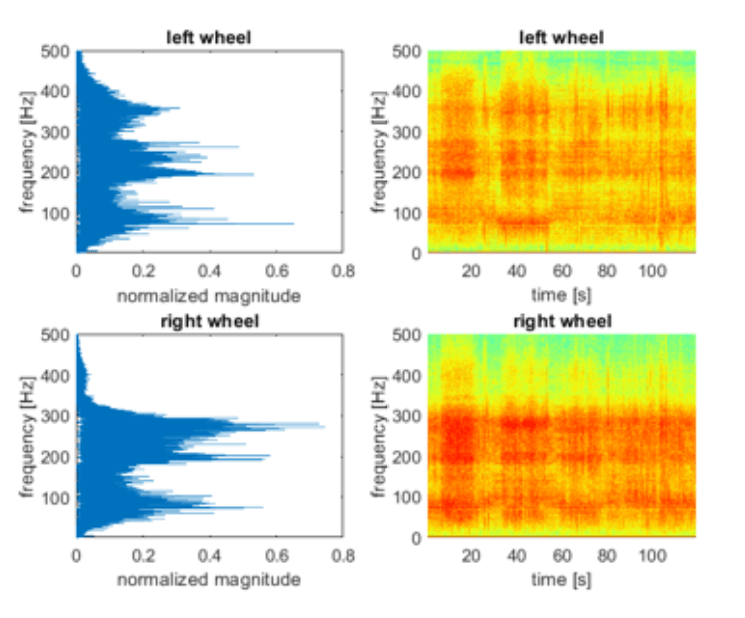
How will the railway market benefit from this development?
A moving train contains a wealth of information. Every data set reveals more about the condition of assets, exactly what rail professionals need to take the leap towards predictive maintenance. With COSAMIRA they can get access to all the data they need, without having to invest in additional equipment.
We are proud to have built a platform based on data-driven machine learning, anomaly detection techniques and physical model-based algorithms. It will help rail professionals to:
- Acquire data from as well internal as a wide diversity of external sensors
- Benefit from data mining performed on the edge device.
- Forward time-synchronized raw data or processed conclusions to any third party application or a wayside cloud instance
- Optimize maintenance schedules while maintaining reliable evaluation of the vehicles’ safety performance.
Our focus is to ensure the railway market really uses data to drive value. We have train builders and operating companies in different stages of that evolution who are in the process of fully developing and delivering on their data strategy.


